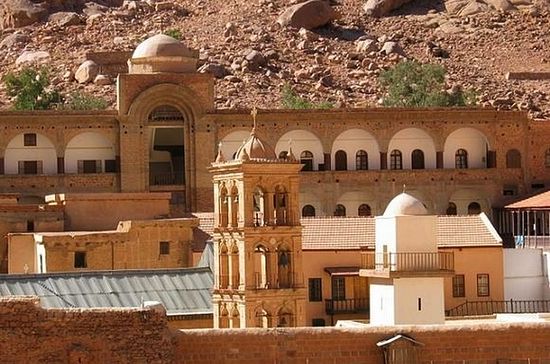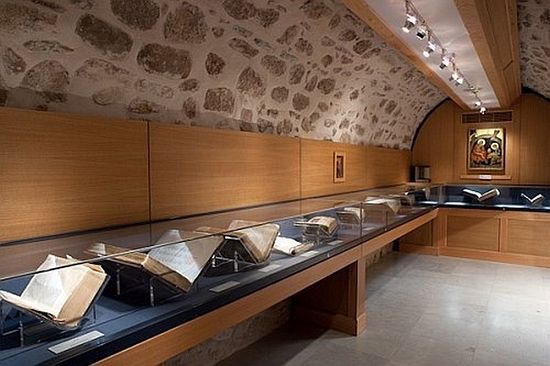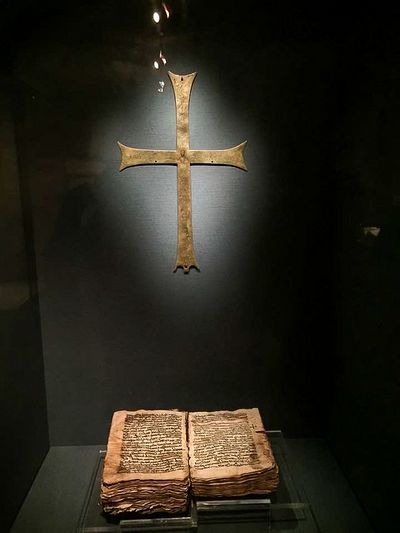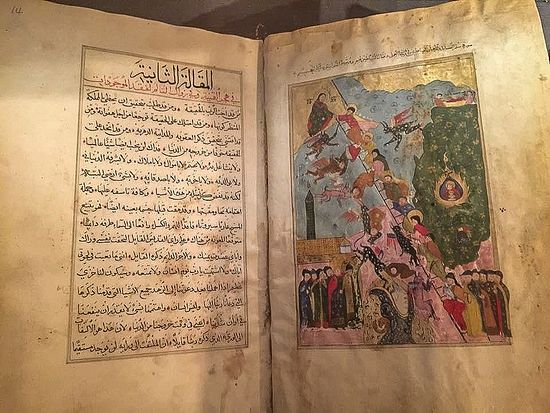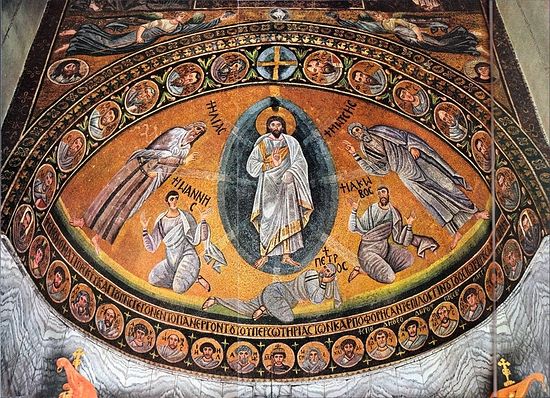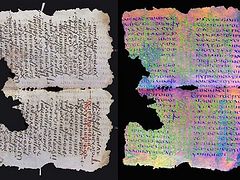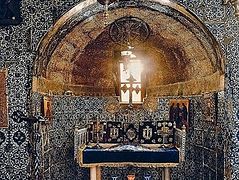Mt. Sinai, Egypt, December 19, 2017
The collection of ancient handwritten manuscripts, preserved in the Monastery of St. Catherine on the Sinai Peninsula, has opened again for research upon completion of the first stage of restoration in the monastery library. The process of restoring part of the storage room has continued for nearly nine years, under the patronage of the Egyptian Ministry of Antiquities, reports TASS.
During this time, as the head of the Ministerial Department for the Conservation of Christian and Islamic Monuments Professor Muhammed Abdel Latif reports, the east wall of the library, the so-called Wall of Justinian, built in the sixth century, was strengthened and renewed, its façade and supporting pillar renovated.
The renewal of the monastery library led to a new discovery: In July it was announced that during the conservation of one sector, a new book was discovered—a manuscript written on leaves of the finest leather, describing medical experiments and their results, as conducted by the ancient Greek healer Hippocrates. It is assumed that this book was written in the 5th-6th centuries. Three other essays on healing by unknown authors, from the same time period, were also found.
The discovered Hippocrates artifact belongs to the body of manuscripts known as “palmezit,” created out of skin, with two layers. The inscriptions on the first layer were removed before the recipes were recorded on them. “This was done because of the very high cost of skins in those days,” explains Akhmed Al-Nimer, the head of the department for Coptic archaeological documentation of the Ministry of Antiquities.
The second layer of the palmezit manuscripts contains the Biblical text, known as Codex Sinaiticus. This was very common in the Middle Ages.
At the same time, one of the oldest and large-scale mosaics, located in the library, was also restored. The Gospel scene of the Transfiguration is depicted on an area of 495 sq. ft. The panels are assembled from a number of elements, including semi-precious stones, some parts inlaid with gold and silver plates. Over the central part of the image of Christ on Mt. Thabor is placed an image of God the Father and the Mother of God, and 31 oval images of the prophets and saints along the perimeter.
There are more than 6,000 manuscripts in the St. Catherine’s library. The most ancient of them dates to the 4th century AD. About 600 of the manuscripts are written in Arabic, Greek, Ethiopic, Coptic, Armenian, and Syrian, mainly concerning history, geography, and philosophy.

